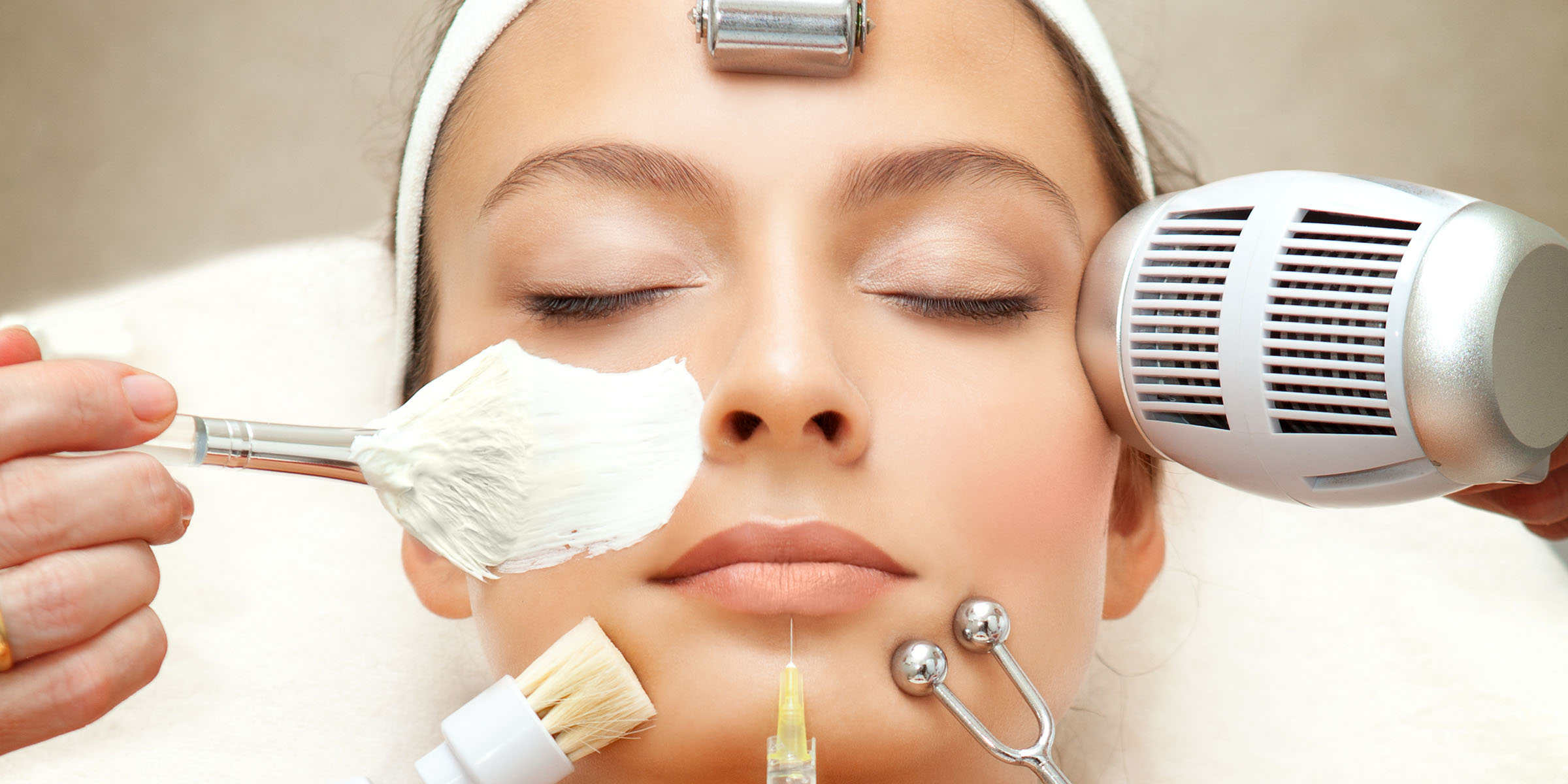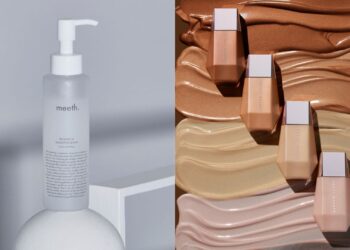Ever woke up and scrutinised at your face contemplating through the tedious skincare routine you’ve indulged in every day with no visible effects on your skin? Honestly speaking, I think we would have all been there, done that, and worried about every bit of money we wasted splurging into skincare, simply in aims to achieve our dream skin!
But hey, we got you, ladies! You ain’t rocking the boat alone… Skincare in general needs dogged practice to achieve the outcome we wish. Getting the right products, to finding what works the best for us could be a whole new experimental journey for many.
Here are a few skincare practices that you should strictly refrain yourself from doing, that may actually be a contributing factor to why you’re not reaping the impeccable efforts you’ve been investing in for your skin.
Using The Same Towel For Face & Body

Using the same towel for your body and face is a huge no-no! You should wipe your face with a different towel than you use to dry your body after a shower. Using an unclean face or body towel will spread bacteria, causing skin build-up, and leave you with nothing but blemishes and breakouts.
To kill germs and refresh your towels, daily laundry washes are necessary. Remember to wash them on a regular basis as well. Reusing a bath towel two or three times between washes is sanitary, but damp bathrooms and towels can easily become breeding grounds for a variety of microorganisms!
Washing Your Face Way Too Often
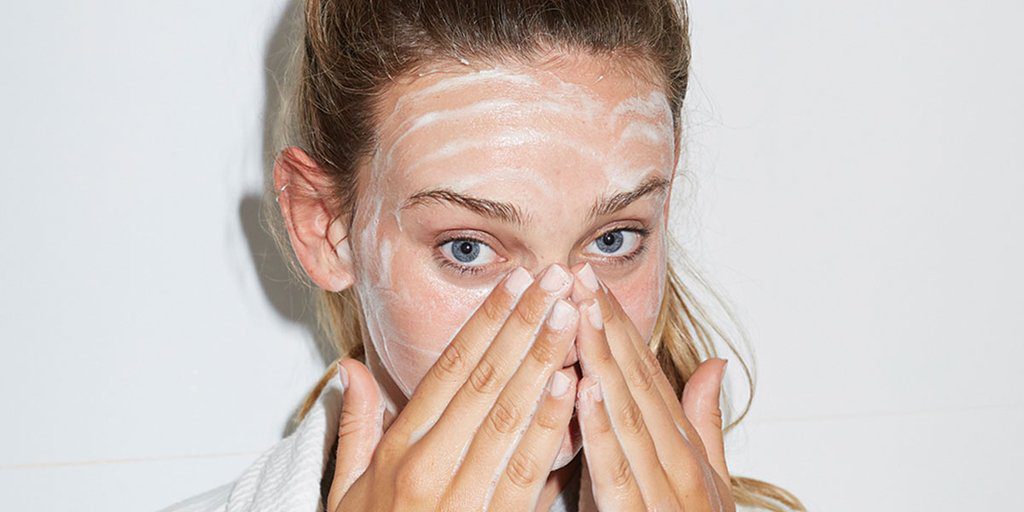
Dr. Diane Madfes, a Garnier consulting dermatologist, recommends washing your face twice a day. It’s important to cleanse your face in the evenings and remove any makeup, as well as dirt and impurities that have accumulated during the day.
Cleanse in the morning to eliminate sweat and oil from the night before. With the exception of post-workout cleanses or for people with dry, sensitive skin washing your face with a cleanser more than three times a day is unhealthy for most skin types.
Applying Skincare Without Washing Your Hands

Yes, YOU MUST WASH YOUR HANDS BEFORE TOUCHING YOUR FACE! Bacteria love your face because it’s a warm place to live. Remember to wash between your fingers, under your nails, and your thumbs as well. Bacteria can be found on anything from doorknobs to chairs, keyboards, and shopping carts, literally everywhere.
You must touch your face and apply skincare products with your hands if you thoroughly wash them first. That means scrubbing for at least 20 seconds with soap and water.
Exfoliating Too Frequently
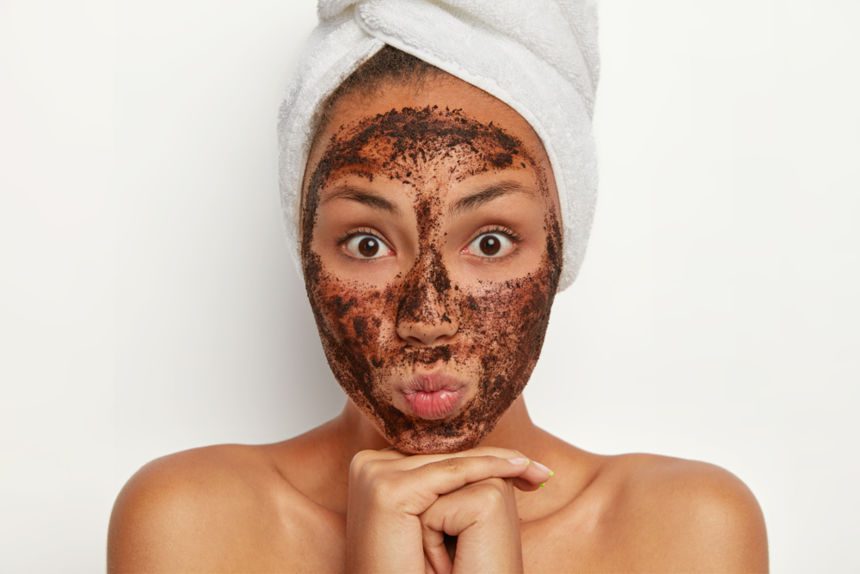
According to celebrity facialist Joanna Vargas, exfoliating every day can strip the skin of its natural oils, which can lead to breakouts. Excessive exfoliation can cause chronic skin irritation and inflammation, which can hasten the aging process.
Although a scrub or cleanser with beads can feel soft on the first day, scrubbing too hard or using these items on a regular basis can harm the skin’s most outer layer. Skin hypersensitivity is one symptom of excessive exfoliation. When you apply items, this can trigger discomfort, breakouts, and even a stinging sensation.
Using Harsh Stringent Clay Face Masks
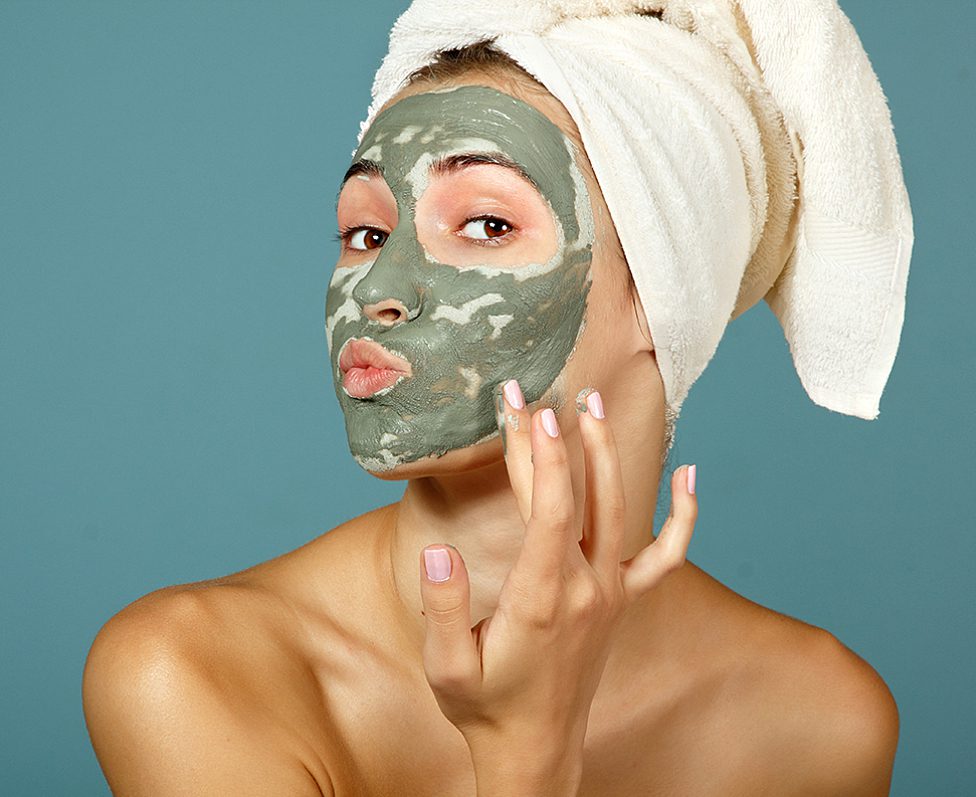
Many experts believe that as long as your mask of choice is hydrating, you can use it every day if you like. The key to using a clay mask on a regular basis is to avoid letting it dry entirely.
Your skin can become dry or irritated if you leave a clay mask on for too long or use clay masks too often. It’s a safe idea to only use this medication once or twice a week. Some clay masks, such as glycolic acid, can contain other ingredients that irritate your skin.
Not Applying Sunblock With The Right SPF Level

One of the healthiest things you can do for your skin is to wear sunscreen. According to the US Food and Drug Administration, a good sunscreen with potent UVA and UVB protection will prevent you from getting burned, decrease the appearance of wrinkles and other signs of aging, and reduce your risk of skin cancer (FDA).
It’s important to apply sunscreen to all areas that will be exposed to the sun, but there are a few areas that people often overlook. Since the skin on the eyelid has the highest incidence of skin cancer per unit area, it should always be protected with sunscreen.
Failing To Patch Test Your Skin Care Products For Any Allergic Reactions

To detect allergic contact dermatitis, patch testing is used (type IV hypersensitivity reaction). A small amount of product is applied to the skin and covered for 48 hours in this test.
Simply add a small amount of the substance to an easily covered region of your face, such as the underside of your jaw, a corner of your forehead, behind your ear, or the side of your neck, to perform an allergy patch examination.
After 72 to 96 hours, you can examine the skin for symptoms of an allergic reaction, such as redness, a rash, or hives. This includes allergies to sunscreens, cosmetics, and medications’ active ingredients, preservatives, and fragrances.

